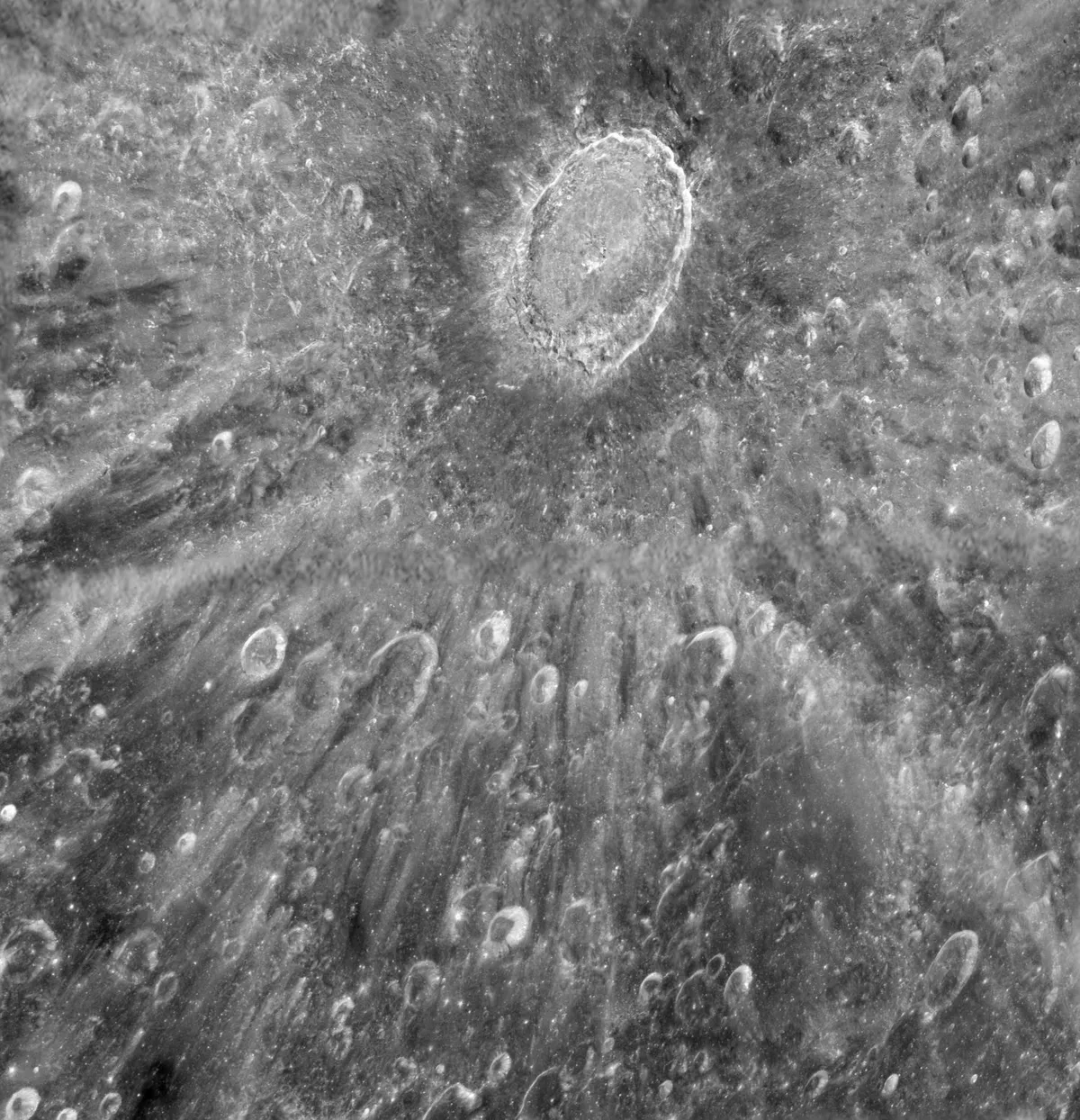The 2025 Sturgeon Moon rose over the weekend of 9/10 August, giving moongazers across the world the chance to see a beautiful full Moon skimming the horizon.
The Sturgeon Moon is the August full Moon, the eighth full Moon of the year, rising on 9 August at 21:13 BST.
Get weekly stargazing advice by signing up to our e-newsletter and subscribing to our YouTube channel

Why Sturgeon Moon?
The term 'Sturgeon Moon' is one of many nicknames given to monthly full Moons, which reflect key changes or events in nature occurring during the month in question.
August's full Moon is known as the Sturgeon Moon because this is the time of year when sturgeon fish were most plentiful and easiest to catch in the Great Lakes of North America.
The name reflects both the ecological cycle – as sturgeon would come into shallower waters in August – and the cultural importance of the fish as a food source in North America.

Other names for the August full Moon are Lynx Moon, Grain Moon and Corn Moon.
It's important to remember, however, that these nicknames don't indicate the full Moon will look different to any other full Moon of the year.
Nevertheless, full Moon names are a reminder of the changing of the seasons and the importance placed on the phases of the Moon by various cultures throughout history.

Observing the 2025 Sturgeon Moon
The Sturgeon Moon rises in the southeast around 9pm, although the exact timing will depend on your location.
It will then set in the southwest after sunrise the following morning, 10 August.
The Sturgeon Moon is located in the constellation Aquarius, and won't rise very high above the horizon.
That means there'll be a chance to observe a phenomenon known as the Moon illusion, whereby the Moon looks enormous when it's close to the horizon.

This is an optical illusion: the Moon is in reality no bigger than when you observe it high up in the sky.
Take a look at the Sturgeon Moon. Does it look huge to you?
Full Moon is also a good time to observe features known as lunar rays.
For more info, read our guide on how to make the most of a full Moon.

